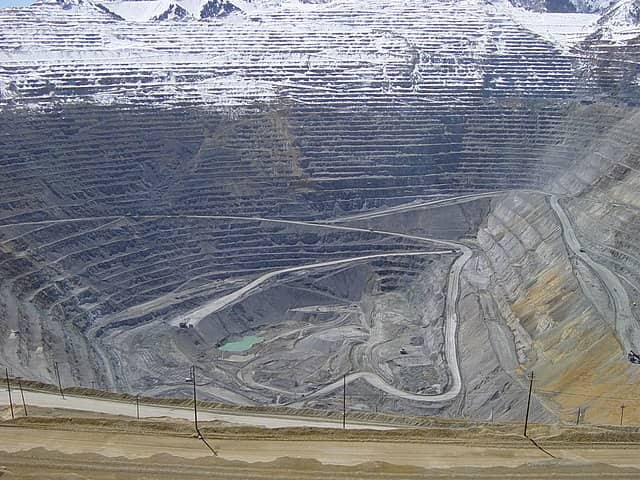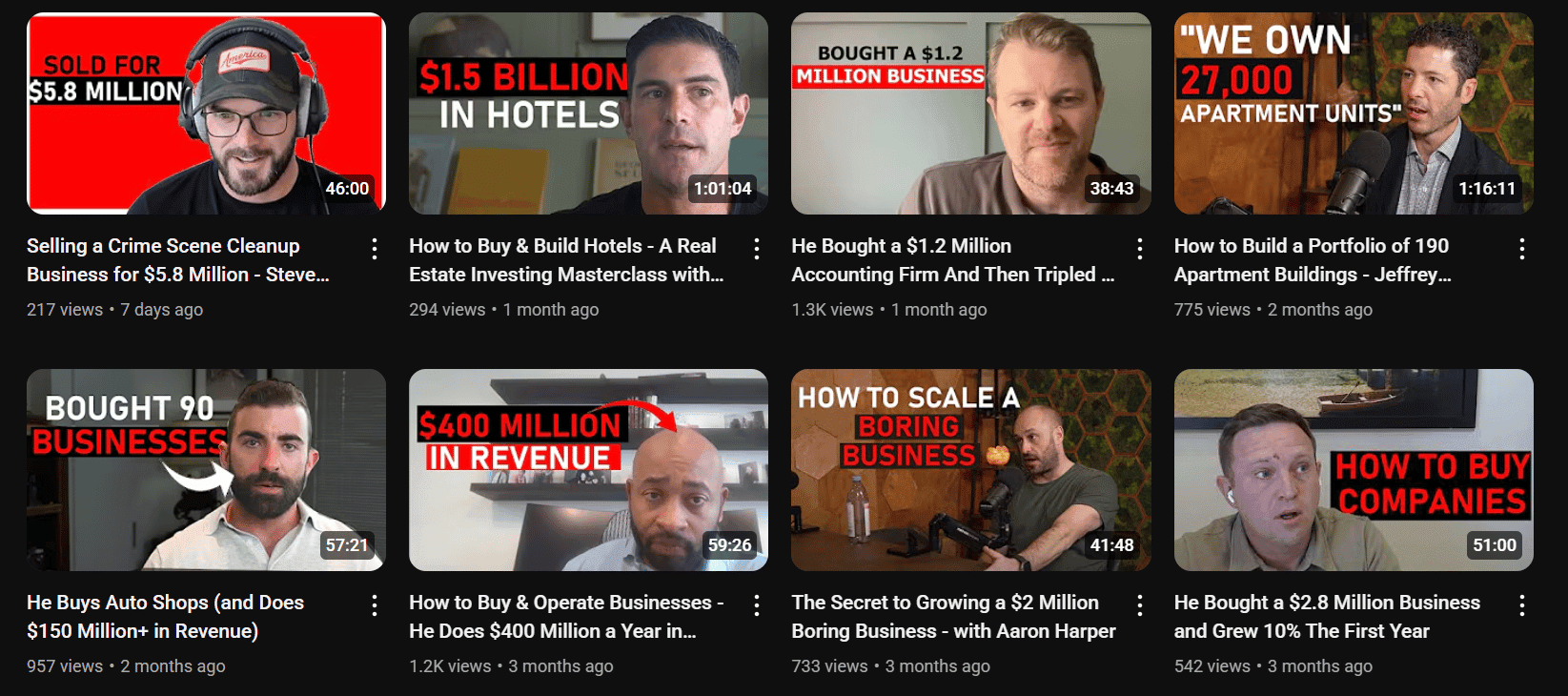🔑 This PE strategy makes billions
Welcome to The Business Buying Academy with Sieva Kozinsky. Here's what we have in store for you today:
- How the carve-out strategy was created
- Study these business buyers if you want to be a great investor
🔑 The birth of the carve-out strategy
One of my favorite PE strategies is the carve-out.
It's a relatively young concept in the world of business.
Here's how a quick story about how carve-outs got their start in Australia in the 1970s and became a staple of modern private equity investing.
But first, let's define what a carve-out is:
A carve-out is when a company sells or spins off a non-core business unit to unlock value. Unlike a full acquisition, it isolates undervalued assets, often at a discount, allowing the seller to refocus on high-growth areas and the buyer (like a PE firm) to optimize and flip for 2-3x higher multiples.
In 2023, carve-outs drove about 15% of PE deal volume (per PitchBook), yielding 20-30% higher IRRs than whole-company buys.
Carve-outs became a much larger part of mid-market PE strategies at the end of 2023:

How did this all start?
In the late 1960s and early 1970s, Australia's mining sector was a wild frontier.
Commodity prices soared in the 60s, only to crash spectacularly in 1970, wiping out billions and leaving investors wary.
Amid this volatility, Conzinc Riotinto of Australia (CRA) emerged as a powerhouse in Australia, one of the world's hubs for mining.
CRA controlled vast iron ore, bauxite, and copper operations.
But its zinc assets were underperforming relative to the company's core focus on iron and aluminum.
By the mid-1970s, global commodity prices were fluctuating wildly due to oil shocks and economic slowdowns.
CRA's leadership, under pressure to streamline the business, decided to carve out its zinc and lead operations.

This wasn't a simple sale. It was structured as a spin-off to a precursor private equity-style investment firm: A consortium of Australian investors and institutions acting like early buyout shops.
This might seem routine now, but this concept didn't really exist back then.
There was another factor here: CRA was foreign-owned, but the government wanted the company to be owned by Australian investors.
So the company did a series of spinoffs, selling parts of the company to Australian-based investment groups.
The zinc operation was one of the notable ones.
After the carve-out, Zinc production ramped up through efficiency gains (by modernizing smelters) and export deals to Asia.
This was a true win/win: Investors got a great deal on a productive asset that just needed some more focused management, and CRA was able to free up cash to invest in the parts of its business that were doing better.
Here are some of the advantages of the carve-out strategy:
- Multiple arbitrage: Non-core units often trade at 1-2x lower EBITDA multiples when bundled (zinc was at 4x inside CRA vs. 7x standalone). Carve-outs can fetch 1.5x more.
- Keep leverage manageable The deal used minimal debt (20% LTV), helping the deal survive amid market turmoil. In mining, prices can swing 30% to 50% within a year.
- Geopolitical Timing: Australia's 1970s nationalism pushed for local ownership (CRA was foreign owned until 1979), mirroring today's push for supply chain reshoring (maybe there are some similar opportunities available today).
🔑 Here's how you can buy a business
I've been interviewing dozens of people over the last year.
My goal: Assembling the greatest collection of business buying lessons from people who have done it.
Their businesses range from $1 million accounting firm to $100 million manufacturing businesses, and everything in between.
We've got self-funded searchers, private equity partners with billions under management, and horizontal holding company owners looking to add the next great business to their portfolio.
No matter what type of business you're looking to buy, I probably have a story for you. Check out the interview below.

Have a great day,
Sieva
P.S. - Are you hiring? Get started with top global talent from Somewhere (I'm a customer and investor)
Disclaimer: nothing here is investment advice. Please do your own research. The information above is just for information and learning.
